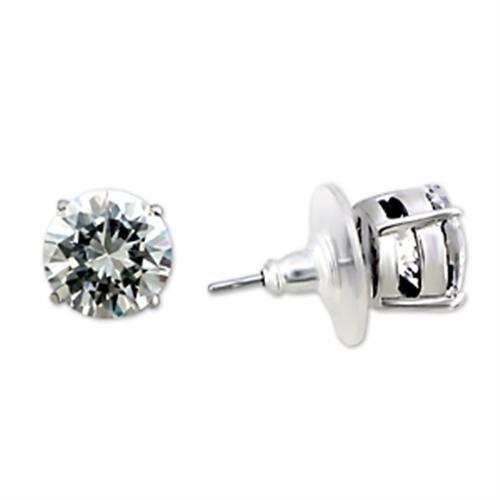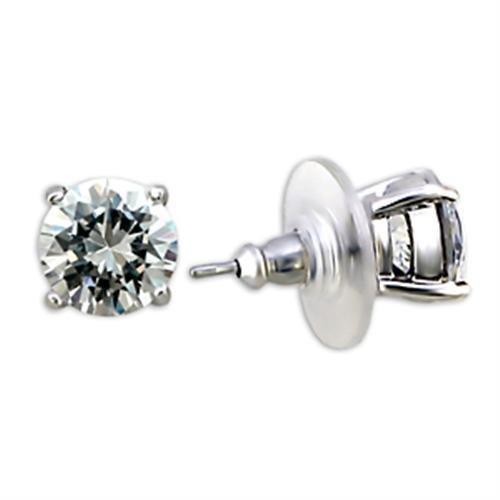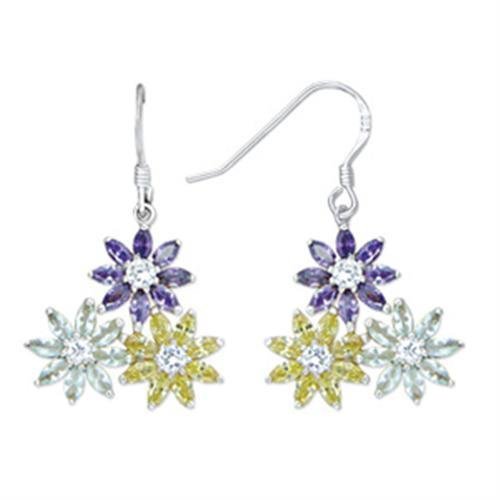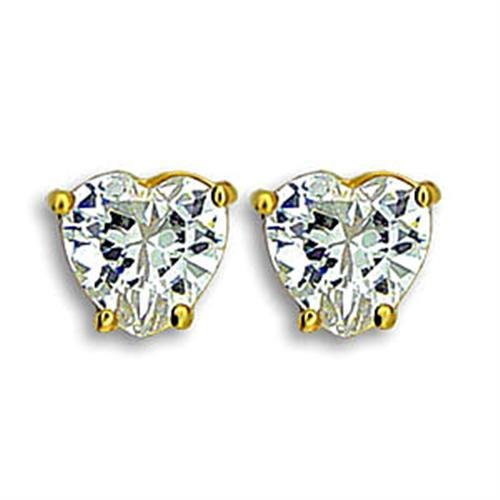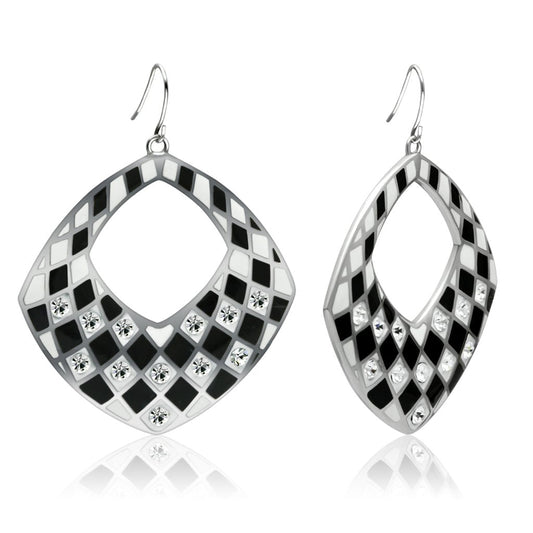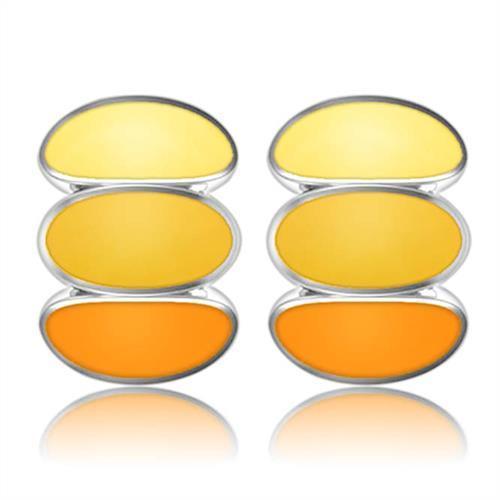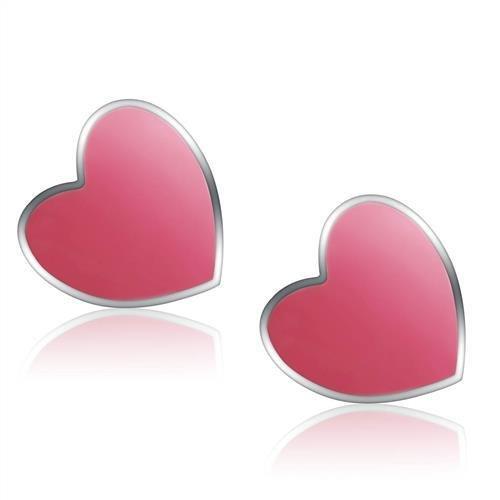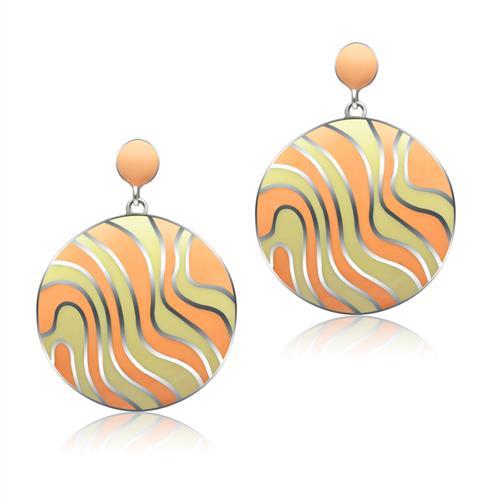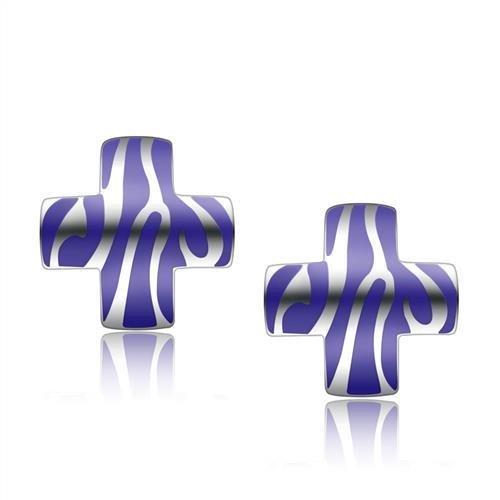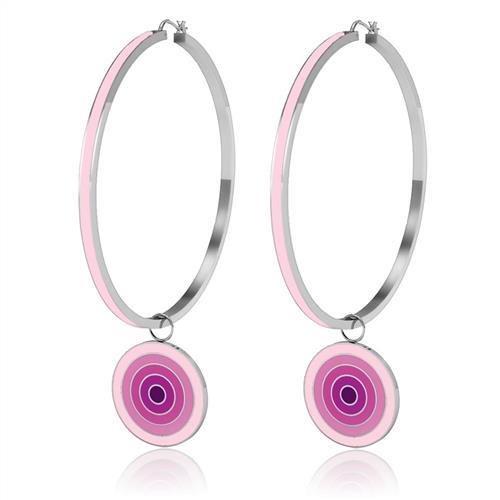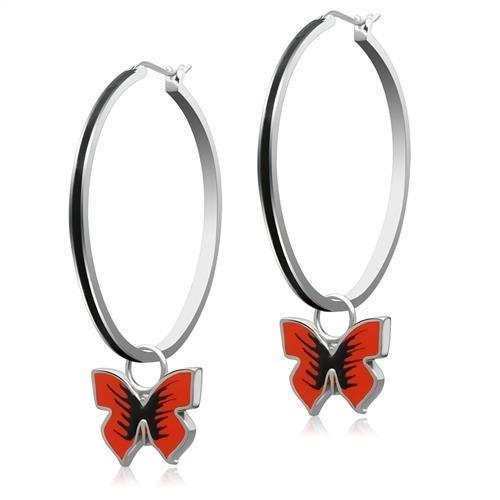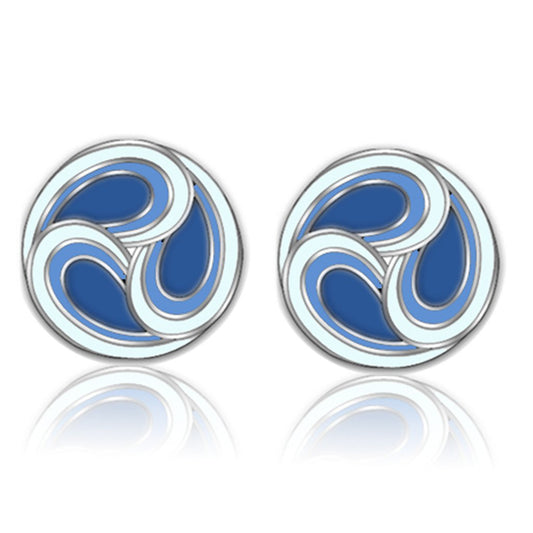In the world of fashion jewelry, the integrity and functionality of earring backs are crucial for both comfort and security. This article explores the common issue faced by many: the tendency of plastic earring locks to get stuck or shrink over time. We delve into factors that contribute to this phenomenon, preventive measures, and proper care techniques to ensure the longevity of your earrings.
At Precious Pulse Jewelry, we understand the importance of quality and durability in every piece of jewelry we offer. From our elegant earrings to our sophisticated necklace collections, each item is designed with care and precision. This guide not only addresses the mechanical failures of plastic earring locks but also provides insights into maintaining all types of earring backs to enhance your jewelry experience.
Table of Contents
- What Causes Plastic Earring Locks to Fail?
- Preventive Measures and Proper Care
- Types of Earring Backs and Their Care
- Selecting the Right Earring Backs for Your Lifestyle
- Handling Stuck Earring Locks
- Preventive Tips to Avoid Future Issues
- Emergency Repairs
- FAQ: Plastic Earring Locks
What Causes Plastic Earring Locks to Fail?
Plastic earring locks, often favored for their light weight and low cost, can experience issues like shrinking and sticking. Several factors contribute to these problems:
- Plastic Shrinkage: Over time, exposure to elements such as heat and moisture can cause plastic to shrink or deform.
- Wax and Debris Buildup: Accumulation of sebum, skin cells, and other debris can cause the locks to stick, making them difficult to remove.
- Mechanical Failure: Repeated use can wear down the plastic, leading to unsecured clasps or broken backs.
Preventive Measures and Proper Care
To prolong the life of your earring backs, consider the following tips:
- Regular Cleaning: Implement a routine cleaning regimen using safe and effective methods, like warm water and soap or baby oil, to remove buildup from earring locks.
- Avoid Harsh Chemicals: Chemicals found in beauty products can accelerate the degradation of plastic. Apply these products before wearing your earrings.
- Proper Storage: Store your earrings in a cool, dry place to avoid exposure to harsh conditions that might promote shrinkage or damage.
Types of Earring Backs and Their Care
While plastic locks are common, various other types of earring backs offer different benefits and require specific care. Here’s a quick overview:
- Push Backs and Screw Posts: Ideal for daily wear, these backs provide ease of use and security. They should be checked regularly to ensure they remain tight and secure.
- Latch and Lever Backs: Often used in dangle earrings, they offer added security. Clean the mechanisms regularly to prevent mechanical failure.
- French Clips and La Pousette Backs: These sophisticated mechanisms are perfect for heavier earrings or those with precious stones and should be handled with care to avoid damage to the delicate parts.
Selecting the Right Earring Backs for Your Lifestyle
Choosing the right type of earring back is crucial for both comfort and the longevity of your earrings. Whether you’re an active individual, someone with sensitive skin, or just looking for day-to-day convenience, the choice of earring back can make a significant difference. Here, we explore various options available and their best uses to help you make an informed decision.
For Active Lifestyles
If you lead an active lifestyle, security is key to preventing loss. Latch backs and lever backs provide a secure closure that ensures your earrings stay in place, no matter the activity. These options are not only secure but also comfortable, making them ideal for sports or frequent outdoor activities. Explore our bangles and brooches for accessories that complement an active lifestyle without compromising on style.
For Sensitive Ears
For those with sensitive skin, choosing the right earring back is essential to avoid allergic reactions and discomfort. Saddlebacks and La Pousette backs are excellent choices as they often come in hypoallergenic materials. They provide a secure fit while minimizing exposure to allergenic materials. It's also crucial to maintain a routine of ear piercing care to prevent irritation.
For Ease and Convenience
Screw posts and push backs are perfect for those who value ease of use. These backs are straightforward to put on and remove, making them ideal for everyday wear. However, it’s important to check them periodically to ensure they haven’t loosened over time, which is a common issue with simpler mechanisms.
Decorative Options
For those who enjoy adding a touch of elegance or personality to their look, French clips and French wires offer a decorative yet functional alternative. These backs not only secure the earring effectively but also add an element of design that enhances the overall appearance of the earrings.
Handling Stuck Earring Locks
Stuck earring locks are a nuisance that many wearers experience, particularly with plastic earring backs which can shrink or deform. Here are steps to safely remove a stuck earring back without damaging your ear or the jewelry:
- Warm Water and Soap Method: Often, a simple solution of warm water and mild soap can help loosen the earring back. Soak the affected earlobe gently to soften any buildup and carefully try to rotate or slide off the back.
- Baby Oil Method: If soap and water aren't effective, a drop of baby oil can provide the lubrication needed to ease the back off. Apply the oil around the earring post and earring back, then gently wiggle the back to free it.
- Safety Pin Method: For more stubborn cases, a sterilized safety pin can help pry a small gap between the earring back and the post, allowing you to leverage it off. This should be done with caution to avoid injury.
Preventive Tips to Avoid Future Issues
To prevent earring backs from becoming stuck in the first place, consider these tips:
- Regular Cleaning: Keep both your earrings and earring backs clean from buildup of sebum, skin cells, and debris. This not only prevents them from sticking but also maintains hygiene.
- Check Fit: Regularly check the fit of your earring backs. If they become too loose or too tight, they may need replacing or adjusting.
- Quality Backs: Invest in higher-quality earring backs from our collections at Precious Pulse Jewelry. Higher quality materials are less likely to deform or cause issues.
Emergency Repairs
Sometimes, despite our best efforts, earring backs break or malfunction. Here’s how you can handle these situations:
- Temporary Fixes: If an earring back breaks and you need a quick fix, consider using a small piece of eraser or a twist tie as a temporary back until you can replace it.
- Professional Repair: For valuable or intricate earrings, it’s best to seek professional repair services. This ensures that your earrings are restored to their original condition without further damage.
FAQ: Plastic Earring Locks
Below are the ten most commonly asked questions regarding the longevity and issues associated with plastic earring locks. These questions provide additional insights to help you understand and manage the common challenges you might face with plastic earring backs.
-
What are the first signs that a plastic earring lock is starting to fail?
Answer: Early signs include difficulty in attaching or removing the earring back, noticeable changes in the flexibility of the plastic, or slight deformations and warping. -
Can temperature extremes affect how quickly plastic earring locks shrink or get stuck?
Answer: Yes, extreme temperatures can accelerate the deformation and shrinking process of plastic materials, making earring locks more prone to getting stuck or failing. -
How often should I replace my plastic earring locks to avoid issues?
Answer: It's advisable to inspect and possibly replace plastic earring locks every 6-12 months, depending on their usage and any visible wear and tear. -
Are there safer alternatives to plastic earring locks that are less likely to get stuck?
Answer: Metal earring backs, such as those made from stainless steel or sterling silver, are more durable and less likely to deform over time compared to plastic backs. -
What is the safest way to remove a plastic earring lock that has gotten stuck?
Answer: The safest method is to apply a lubricant like baby oil or a specialized jewelry lubricant around the earring post to gently loosen the lock without causing skin irritation. -
Can allergic reactions cause plastic earring locks to get stuck more frequently?
Answer: Allergic reactions can lead to swelling of the earlobe, which might make removing the plastic lock more difficult. Using hypoallergenic materials can help prevent such scenarios. -
What materials are plastic earring locks typically made from, and are some types more prone to issues than others?
Answer: Most are made from standard plastics like polyethylene or polypropylene, which can vary in quality. Higher-quality plastics are generally less prone to issues like shrinking or breaking. -
How does the buildup of sebum and skin cells affect plastic earring locks?
Answer: Buildup can make the earring locks stickier and harder to manipulate, leading to increased friction and potential sticking issues. -
Are there any home remedies for reshaping a shrunken or deformed plastic earring lock?
Answer: While not typically recommended, some people have used gentle heat from a hairdryer to slightly warm and then reshape the plastic, though this carries a risk of further damage or melting the plastic. -
Is it better to clean plastic earring locks with soap and water or a specialized cleaner?
Answer: Cleaning with mild soap and warm water is generally sufficient for plastic earring locks. However, if you’re dealing with stubborn buildup, a specialized jewelry cleaner designed for plastic may be more effective.
This comprehensive guide provides all the necessary insights to ensure the longevity and functionality of your earrings, emphasizing the importance of choosing the right earring backs and knowing how to care for them properly. Thank you for joining us on this detailed exploration into earring backs—may your earrings always be as comfortable as they are stylish.


